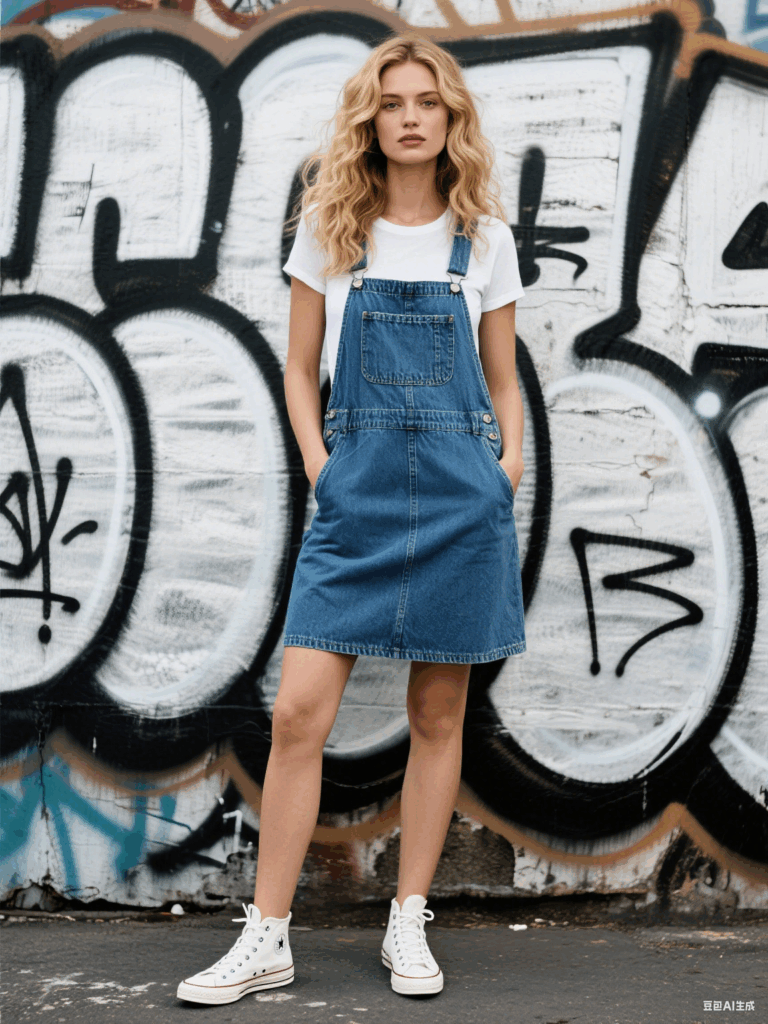





Mia’s boutique in Brooklyn—“Gilded Threads”—specializes in feminine, vintage-inspired dresses. Last fall, she scored a huge win: a bulk order of 300 floral dresses from a factory in Suzhou, China. The designs were stunning—cotton blend, ruffled sleeves, with delicate embroidery. She’d spent months perfecting the details, from fabric to fit. But when the shipment reached JFK Airport, disaster struck.
US Customs held the dresses. “Wrong HS code,” the agent told her over the phone. Mia’s heart sank. She’d assumed all “cotton dresses” used the same code. Three weeks and $3,000 in storage fees later, she finally got the dresses—but the delay cost her the holiday rush. “I thought it was just a number,” she said, scrolling through her customs paperwork. “Turns out, that number determines whether your business thrives or stalls.”
If you import dresses from China to the US, Mia’s story is a wake-up call. HS codes (Harmonized System codes) aren’t just bureaucratic hoops—they dictate tariffs, clearance speed, and even whether your shipment gets flagged. Let’s break down the critical dress HS codes, why they matter, and how to avoid Mia’s mistake.
The Mistake That Cost Mia: Why Her Dresses Got Stuck
Mia’s dresses were 70% cotton, 30% polyester, with hand-stitched embroidery. She’d used HS Code 6204420000—a code she found online labeled “cotton dresses.” But Customs pointed out two flaws:
First, her dresses were woven, not knit. Second, the 30% polyester blend meant they weren’t “pure cotton” by HS standards. The correct code? 6204530000, for “woven dresses with cotton/polyester blends (36-85% cotton).”
The wrong code had triggered a higher tariff (18% instead of 12%) and a customs audit, hence the delay. “I skipped the fine print,” Mia admitted. “Never again.”
Key Dress HS Codes: From China to US (2025 Guide)
Dress HS codes hinge on three details: material (cotton, polyester, silk), weave (woven vs. knit), and extras (embroidery, beading, or special features). Here are the 4 most common codes, with real-world context.
1. HS Code 6204420000: Woven Cotton Dresses (≥85% Cotton)
- What it covers: Woven dresses made of 85%+ cotton, no major synthetic blends. Think classic cotton sundresses, shirt dresses, or A-line styles without heavy embroidery.
- Tariff (2025): 8.0% base tariff + 5.0% additional duty = 13.0% total.
- Mia’s Note: This code only applies to mostly cotton. If your dress has 20% polyester, it’s not eligible—blends need a different code.
2. HS Code 6204530000: Woven Cotton-Poly Blends (36-85% Cotton)
- What it covers: Woven dresses with 36-84% cotton and the rest polyester (the most common blend for affordable, durable styles). Includes Mia’s ruffled dresses with 70% cotton/30% polyester.
- Tariff (2025): 10.0% base tariff + 2.0% additional duty = 12.0% total.
- Pro Tip: Always check fabric labels. A “cotton blend” with 35% cotton falls into a different code (6204590000) with a 15% tariff.
3. HS Code 6204630000: Knit Polyester Dresses
- What it covers: Stretchy, knit dresses made of 85%+ polyester (think bodycon styles, wrap dresses, or jersey maxis).
- Tariff (2025): 10.0% base tariff + 7.5% additional duty = 17.5% total.
- Heads Up: Knit vs. woven matters! Knit dresses (stretchy, looped fabric) use different codes than woven (structured, crisscrossed threads).
4. HS Code 6204992000: Silk Dresses (≥85% Silk)
- What it covers: Luxe silk dresses—woven or knit—with 85%+ silk. Includes slip dresses, midi dresses, or styles with lace trim (as long as silk is the main fabric).
- Tariff (2025): 6.0% base tariff + 3.0% additional duty = 9.0% total.
- Note: Silk dresses often require a certificate of origin to qualify for this lower tariff. Skip it, and you might get hit with a 20% tariff instead.
3 Rules Mia Now Swears By (To Avoid Dress HS Code Disasters)
- Check the Tag Twice: Material percentages are non-negotiable. A dress labeled “cotton blend” might be 60% cotton (use 6204530000) or 30% cotton (use 6204590000)—the difference costs you.
- Knit vs. Woven = Different Codes: Grab a corner of the fabric. If it stretches easily (knit), use a knit-specific code. If it’s stiff (woven), stick to woven codes.
- Embroidery/Trim Counts: Dresses with heavy beading or metallic trim might need a “special features” code (6204998000) with higher tariffs. Note all details!
Mia’s latest shipment? 200 linen-cotton blend dresses (60% cotton, 40% linen) classified under the correct code (6204530000). They cleared Customs in 48 hours, no fees. “I now start with the HS code before even ordering fabric,” she laughs. “It’s the best business lesson I’ve ever paid for—even if it cost $3,000.”
If you’re unsure which code fits your dress, cross-reference fabric labels, weave type, and the US Customs database. Your shipments (and bank account) will thank you.
Got a dress HS code story? Share your win (or oops!) in the comments!
